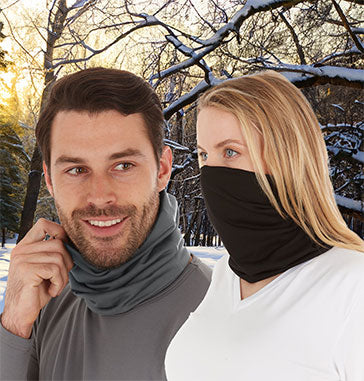Oceanographer: Setting Sail and Keeping Warm in the Arctic

Oceanographers need to stay warm in the arctic. To get a better understanding of the ocean’s properties like sea ice loss, polar circulation, and other environmental properties, many scientists find themselves in harsh locations near the top of the world. They work on experiments that seek to answer questions on both the local and global scale.
Oceanography covers a wide range of topics like polar ocean circulation, plate tectonics, marine life and ecosystems, and the geology of the ocean floor. Your work in this field can take to you to extreme climates up north, and preparing for this career takes more than proper equipment and instruments in your search for a deeper understanding of the world.
No matter what your branch of science is, you won’t do it well if you end up cold. Having a deeper understanding of biology, chemistry, geology, and physics will help you unravel the secrets of the arctic, but staying warm and dry is a lot easier. In fact, all it takes is an understanding of layering and a base layer of womens thermal tops and women’s thermal leggings.
Proper heating equipment, generators, and even tents to ward off the cold will help, not to mention staying on the ship, but at some point, you’ll need to trek outside. The wind and snow can be fierce, and a wind and waterproof jacket or parka may be what’s necessary to keep you from feeling the chill while running your experiments and studies.
Studying the physical processes of the oceans like waves, currents, and the tides will lead you deep into the sea along the shores of frozen islands and the sea shelf. Keeping water out and preventing moisture from sticking to your skin will make your work a lot more comfortable.
It all comes down to layering. We all need freedom of movement, and women's thermal tops are light and flexible, so your ability to work your instruments won’t be hindered. Since your legs will need equal protection in the north, women's thermal leggings will help as well. Layering will help keep your core temperature of 98.6-degrees.
Lots of layers won’t matter if they aren’t dry. Once your clothing gets wet, it will cool. This can be the same with sweat. Thermals will help wick away sweat and a waterproof outer shell will keep moisture from getting in. However, too many layers could cause you to overheat. Overheating in the arctic can be just as bad as being wet.
Don’t forget to cover your head, feet, and hands. Drinking lots of water will help your core maintain its proper temperature. That way your experiments can run more smoothly without your shivering while running any equipment outside or onboard a ship while being bombarded by ocean spray or snow. Studying the environment, especially in the arctic will run smoothly if you’re warm.
-
Posted in
All Category, Men's Thermals, Women's Thermals





